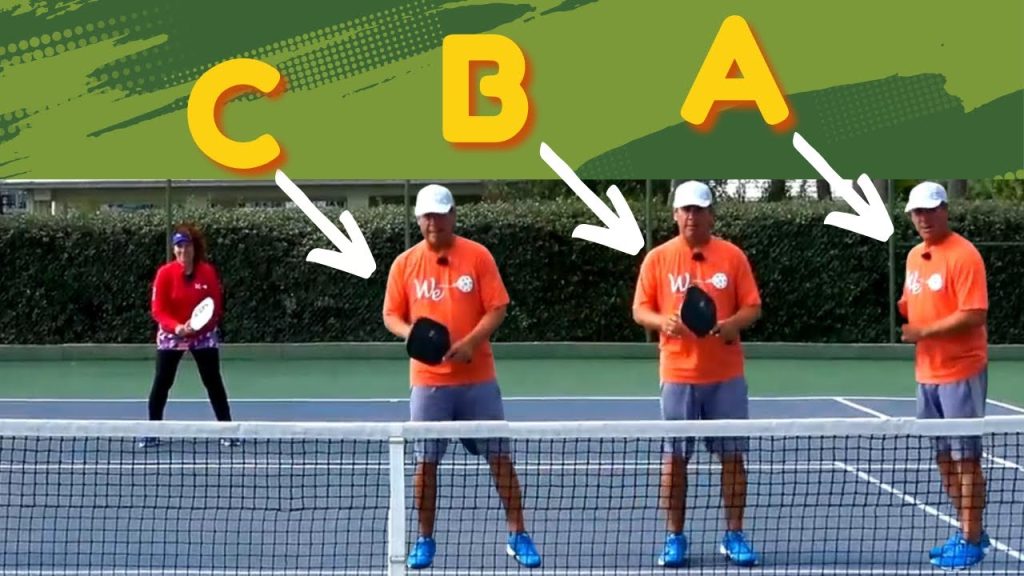Pickleball Footwork: Where to Stand for Optimal Play

Pickleball, a sport that seamlessly combines strategy, agility, and skill, often hinges on the nuances of footwork and positioning. One of the most debated topics among players is where to stand on the pickleball court, especially when you’re not the one returning. In a comprehensive video tutorial by Better Pickleball, the importance of positioning, particularly for the non-returner, is highlighted, emphasizing the keywords ‘pickleball footwork’ and ‘where to stand on in the pickleball court’.
The Non-Returner’s Dilemma While much attention is given to the player returning the serve, the non-returner’s position is equally crucial. Many players, especially beginners, tend to overlook this aspect, leading to missed opportunities and weak defenses. The non-returner’s position can significantly influence the rally’s outcome, making it an essential strategy to master.
Where Should You Stand When You Are Playing Pickleball?
The video breaks down three typical positions that players often adopt:
- Position A: This is the farthest from the center, almost at the court’s edge. While it might seem safe, it’s the least threatening and essentially takes the non-returner out of play.
- Position B: This is the middle ground. While it’s better than Position A, it’s still a somewhat passive stance.
- Position C: This is the most aggressive and optimal position, closest to the center. It not only makes the non-returner a significant part of the play but also puts pressure on the opponents.
Why Position C is Optimal From the opponent’s perspective, when the non-returner stands in Position C, it’s intimidating. It sends a clear message that both players on the return team are actively engaged and ready to pounce on any weak returns. This position allows the non-returner to cover the middle, defend against attacks, and support their partner effectively.
The Transition Game Another crucial aspect highlighted is the transition from dinking to hitting the ball hard. The non-returner, when positioned aggressively, can seamlessly transition from soft plays to power shots, catching the opponents off-guard.
Conclusion In pickleball, footwork and positioning are as vital as the shots you play. Especially for the non-returner, understanding where to stand on the pickleball court can be the difference between a win and a loss. By adopting an aggressive stance, not only do you increase your team’s chances of success, but you also keep the opponents on their toes, making them second-guess their shots.
For those keen on enhancing their pickleball footwork and understanding the game’s deeper strategies, Better Pickleball offers a treasure trove of insights. Their video tutorials, like the one discussed here, provide players with practical tips and techniques to up their game. You can also connect with them on Facebook and their official website for more resources and updates.
This blog post is inspired by the content provided in the YouTube video by Better Pickleball. All credits go to them for their insights and expertise on pickleball footwork and understanding where to stand on the pickleball court.


Responses